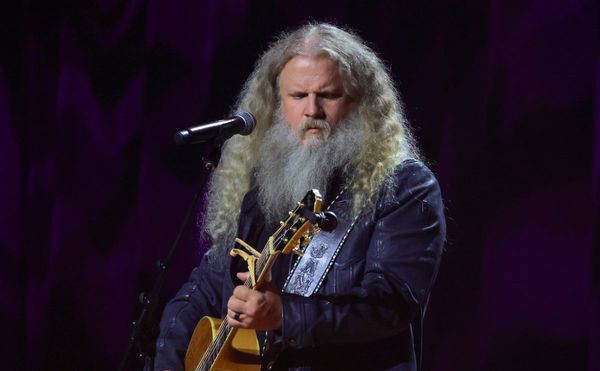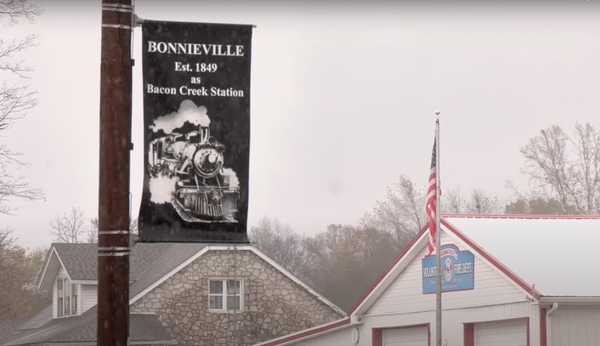While the demand for humanities courses is dwindling across colleges in Bengaluru, a look at the current admission trends show that the demand for fine arts and visual arts has exponentially increased in the last few years. This year too, queries and admissions for these courses have remained high in the city.
At Karnataka Chitrakala Parishath (CKP), which offers over five courses in visual arts including the newly-introduced Ceramics and Animation course, the administration has observed close to 30% increase in applications received so far this year. “We usually get over 250-300 applications every year. But owing to an increased demand in the field, this year, we expect over 400 applications,” said Babu Jattakar, Principal, Chitrakala Parishath College of Fine Arts.
While the College of Visual Arts increased the number of seats in 2019-20 from 150 to 250, new short-term, six-month courses in sculpture and printmaking have been introduced at CKP to cater to the demand. “This year’s turnout has been greater than the what we saw during the pre-pandemic years,” Mr. Babu added.
The increased employability factor in these fields is one of the major reasons for the rising demand, college authorities say. “Companies now look for creative employees as opposed to the earlier search for more technically-skilled employees. Technical skills can be taught but creativity is hard to imbibe,” says R.H. Kulkarni, a professor at the college.
Parents’ role
Parents keeping an open mind and letting their children choose courses that are away from the mainstream has helped students who are interested in arts to pursue the same, opine college managements. They also think that the economic status of parents greatly affects the courses chosen by the children. Usually students who opt for these coursew do not have an urgent need for a job and have the luxury of pursuing their passion.
Sindhu B.S., a student at the Chitrakala Parishat College of Fine Arts, said that she had been interested in art since she was a child and her parents motivated her to pursue fine arts.
“During the pandemic, most of my classmates had the time to pursue their hobbies in arts and crafts like never before. This motivated them to take up fine arts seriously as a career avenue later,” she explained. Speaking about the variety of students she finds in her class, she said, “In classes, you will find students who are 18-years-old venturing into fine arts right after their 12th and also those who are almost 50, who did not have this option in degree in their time.”
Economic status
“While theatre courses usually have a mix of both wealthy and middle-class students, courses like music attract those from upper middle class and above. These trends vary. Essentially, when society has more disposable income, it provides more options for entertainment, which makes these courses more lucrative,” said Anil Jospeh Pinto, Registrar, Christ University. He also said that between the last academic year and the current one, the admissions for performing arts has increased by 20%.
While many parents train their children in music and/or dance from a young age, some are keen to turn them into professions. “Students do not usually walk into these courses without some kind of training. Learning these subjects in classrooms provides them better exposure and also an opportunity to explore other forms of arts,” said Vidya Kumari S., Director, School of Performing Arts, REVA University. Here, the admissions for the performing arts courses were 70% in 2020–21 and it increased to 88% in 2021–22. “This year, we are expecting it to go up further”, Ms. Vidya added.







